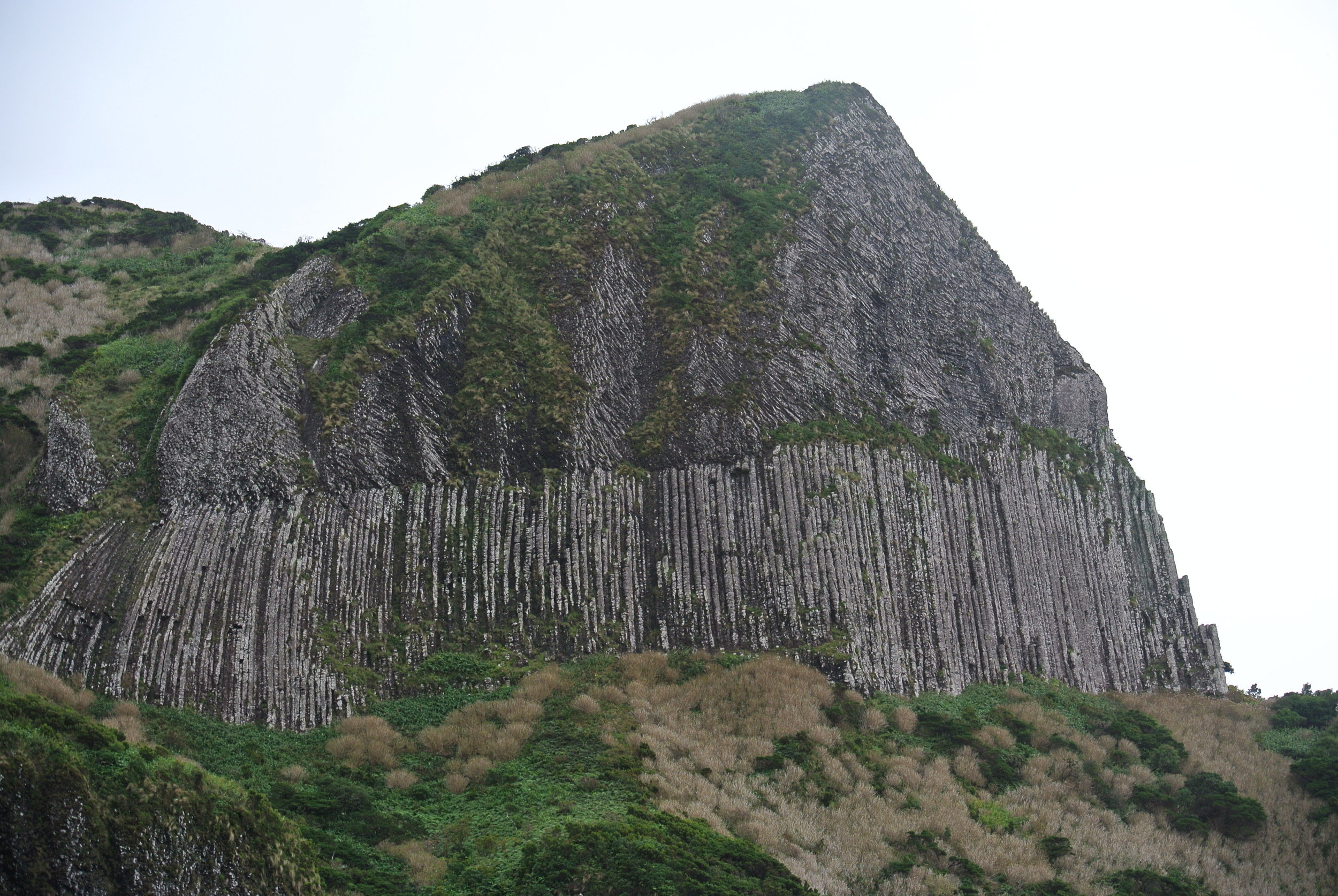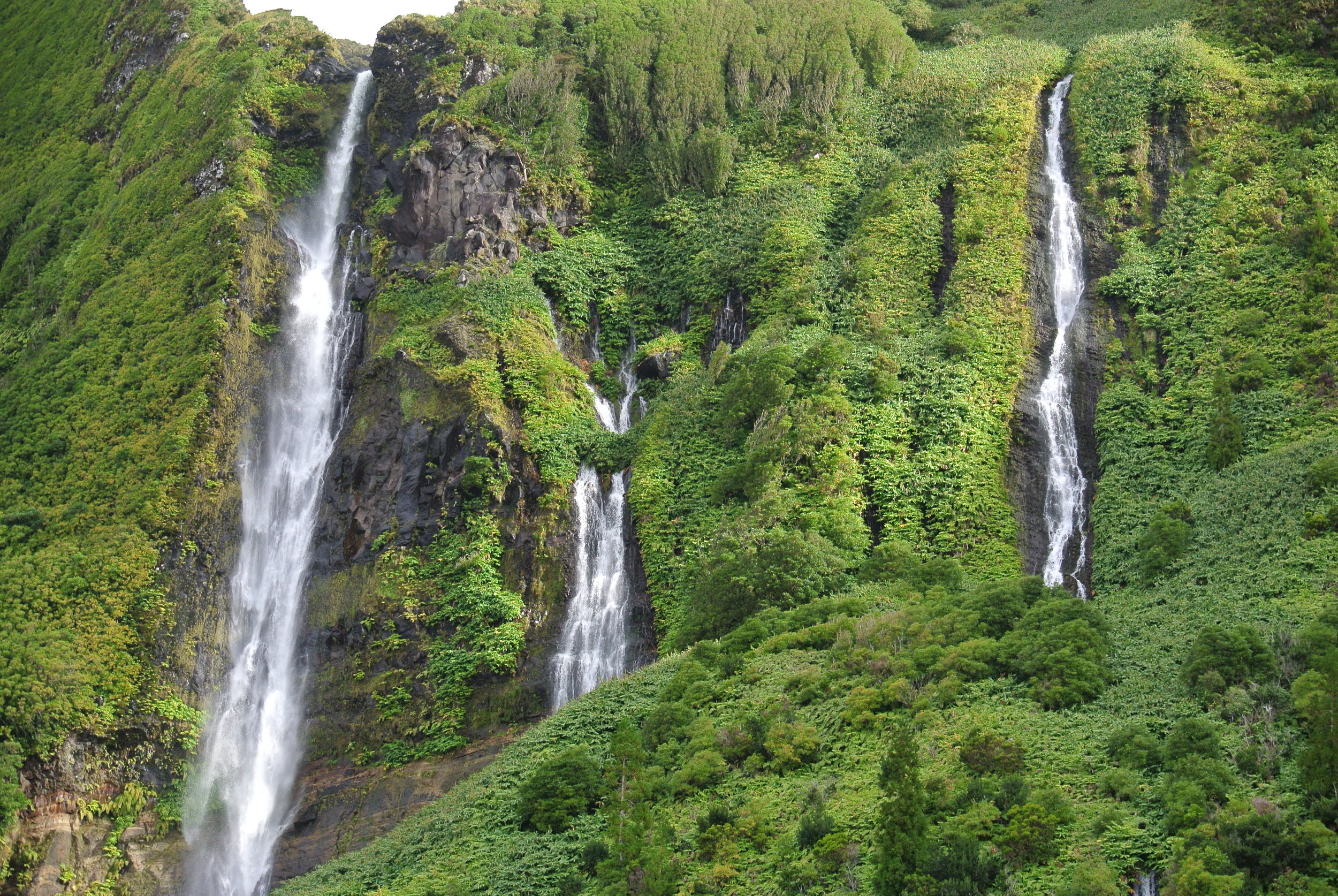Flores, in the Azores, has gorgeous sceneries and a vast network of trails that you can venture around. The landscape reminds me of a mix between Jurassic Park and Lord of the Rings. Everything is lush and green, but the ferns make it feel a little Cretaceous. The islands range in age from 8,120,000 years old (Santa Maria) to 270,000 years old (Pico) , but the landscape could easily make you feel as if you were 100,000,000 years ago, when flowering plants were really beginning to diversify!
The landscape seems like a goats playground, everything is vertical and rocky with very little mud around, as all the dirt is carefully held in roots, while the red mud-looking surface is actually red volcanic rock! Hiking here is fun for a while, but then you get tired! Up and down, then through a stream and up again! If only there was an easier way to see these natural splendors without all that walking?
There is! Most of the long trails flank the roads of the island. You can easily drive to the gorgeous landmark, see its beauty and then hike a little on the trail that would have gotten you there.
Maddie and I did this a lot! Some of the trails are rediculously long and would take up your whole day, just to see one magnificent waterfall. For example, one trail is 7km long, one way! It usually takes people 3.5 hours going (it’s uphill) and 2.5 hours to return (it’s downhill). This means that 6 hours of your day have been consumed to see this one trail which, honestly doesn’t take you to that beautiful of a place! If you had hiked that trail, you would not have had time to see the other waterfalls on the island that day.
If hiking is your thing, you will probably be able to hike all the trails on the island in a week. If hiking is not your thing, or you are not in the greatest of shape, then it will take much longer than a week to hike all of it! This is where driving to the end comes into play, you hop out of the car and hike the last bit to the beautiful waterfall, then off you go to the next spot! This might feel like cheating, but most of the waterfalls are about 500 meters away from the end of the road, so you will still hike about a kilometer for each feature.
Take your time and explore the Azores at your own pace. If you want to hike, you certainly will find yourself in a playground. If you don’t fancy yourself a hiker, you can still see the wonderful views with the aid of your vehicle (and a little walking).











